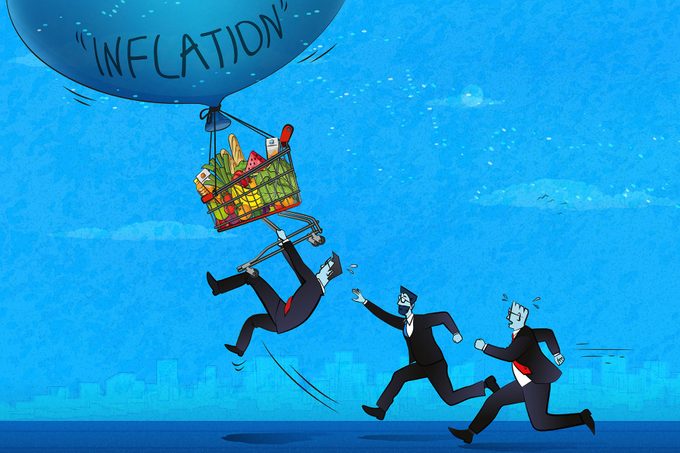Food Prices Continue to Climb at Grocery Stores—Here’s Why
Updated: Dec. 21, 2023

Wet, cold, extreme weather has battered the United States so far this year, and consumers will feel its effects at the supermarket as food prices rise.
Everyone knows food prices continue to rise, with grocery store markups at all-time highs. But things are about to get even more expensive due to extreme weather so far this year. Torrential rains, flooding and the prospect of a looming El Niño weather pattern could seriously impact U.S. agricultural production. It’s enough to give anyone climate anxiety.
Why are food prices rising?

Extreme weather throughout the country is one of the biggest reasons for the continued rise in food prices.
California may be hit the hardest, with wet, cold weather delaying a good deal of the spring planting. Berries, tomatoes and leafy greens suffered from California’s extreme flooding. That could mean serious consequences since the state produces nearly half of the nation’s fruits, nuts and salad greens such as lettuce, spinach and kale.
California’s Salinas Valley—the nation’s “salad bowl,” growing more than 60% of its lettuce—faced floods. This affected planting, but it also forced farmers to wait for the flood waters to subside, to make sure the lettuce was safe from bacteria.
In February, the Monterrey County agricultural commissioner’s office released a statement estimating that agricultural damage in the county totaled more than $336 million. More than 15,000 acres of crops such as romaine lettuce, strawberries, wine grapes, celery, carrots, broccoli and garlic have been damaged.
California’s almond industry—which supplies 80% of the world’s almonds—also finds itself in a crisis. That’s because almonds rely heavily on bees, and bees don’t fly in rain or high winds, preventing them from pollinating crops. Last month, almost prices soared more than 33%.
Where else is extreme weather affecting food prices?
Kansas, the nation’s leading wheat producer, is experiencing the lowest winter wheat crop health it has seen in 20 years, according to the U.S. Department of Agriculture. Extreme weather like an El Niño system will affect crops in Kansas even further, driving up grocery prices for goods like wheat, corn and soybean, as well as meat.
This follows a serious drought situation in the southern plains states, with exceptional drought persisting across much of Kansas, Oklahoma and Texas.
Sources:


















